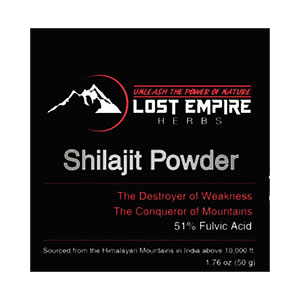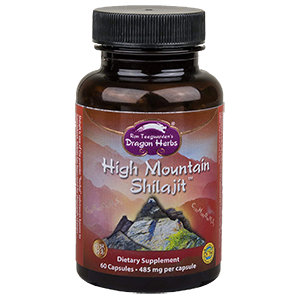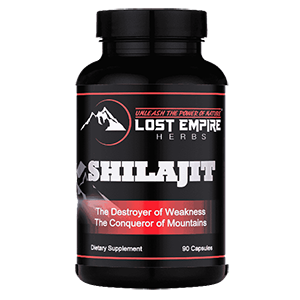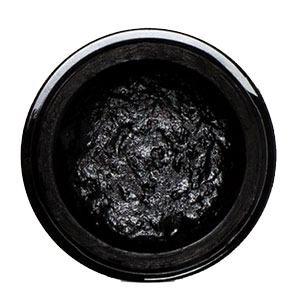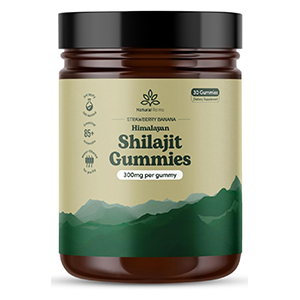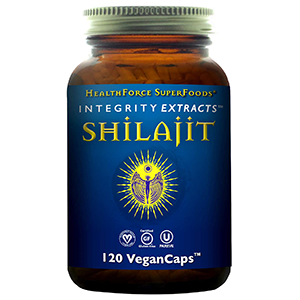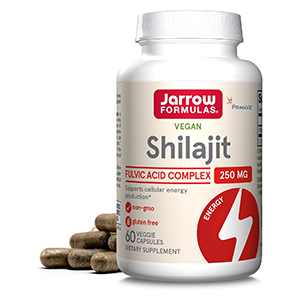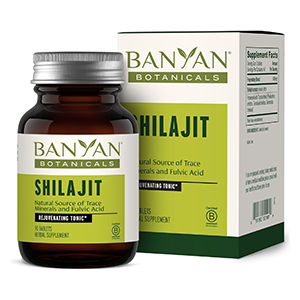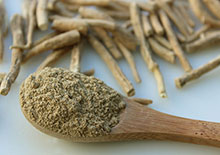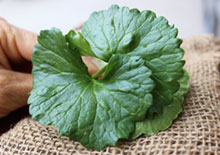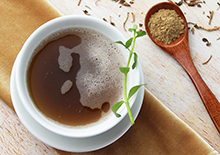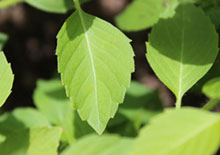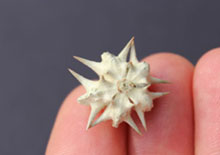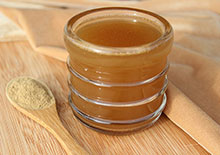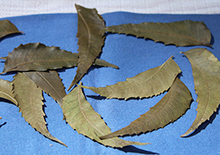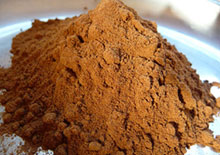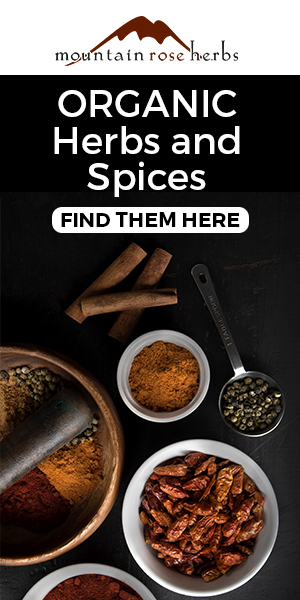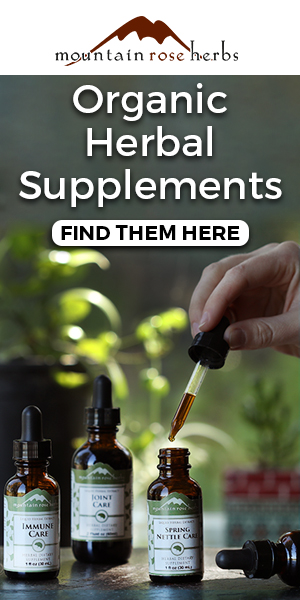- Home
- Ayurvedic Herbs
- Lesser Known Uses of Shilajit
6 Lesser Known Uses of Shilajit
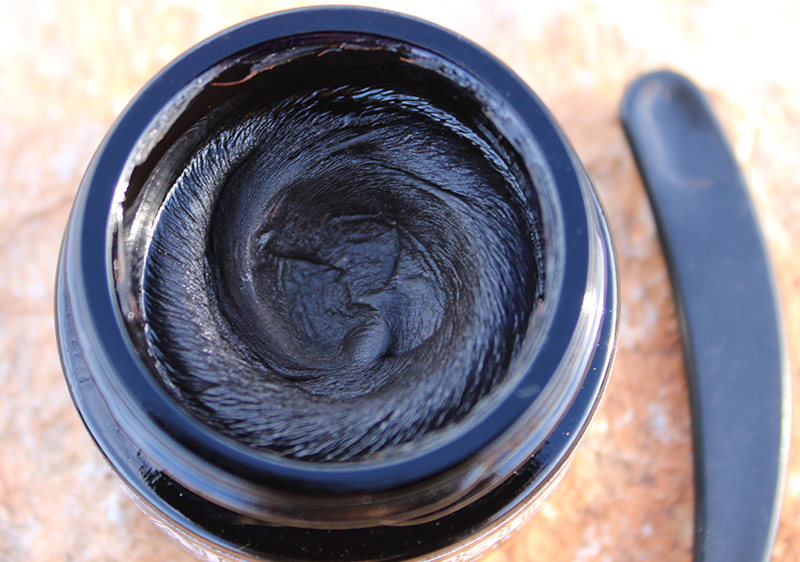
Shilajit is by far one of the top Ayurvedic herbs utilized extensively in many herbal preparations in the traditional medicine of India.
It is not botanically considered an herb however, but is a thick black tar-like resin or hardened material collected within ancient compressed rock preserved at high mountainous altitudes.
It can be found in many locations under these environmental conditions. Dietary supplements are usually sourced from the Himalayan regions of Tibet and Bhutan.
Why Quality is Important
Table of Contents
Intro | Quality is Important | Urinary Support | Aids Cleansing | Benefits for Men | Energy | Joining Carrier | Benefits for Women | Like Crude Oil? | How to Use | Precautions | Shop
Authentic real shilajit is collected well above 10,000 feet and undergoes quality processing methods and lab testing to ensure purity.
This is ever so important as there are many cheap adulterated versions currently on the market. Some can also be contaminated with a very high heavy metal content.
Purchasing from a reliable brand is crucial when it comes to safety and highest concentrations of the beneficial FULVIC ACID compounds shilajit is known for.
Lost Empire Herbs, one of our personal favorite suppliers, offers both a bulk powder and capsules (sourced over 10,000 feet) as well as a resin (sourced above 14,000 feet) from the Himalayas in Bhutan.
There is no mistaking true shilajit and these products are top notch with that undeniable smoky and slightly bitter taste.
(For 15% off your purchase at Lost Empire Herbs use the code SEvolution15 at checkout.)
We have discussed popular shilajit benefits throughout the years, but now we'll review six lesser-known uses of shilajit that might be of interest, whether you’re a newbie or avid consumer.
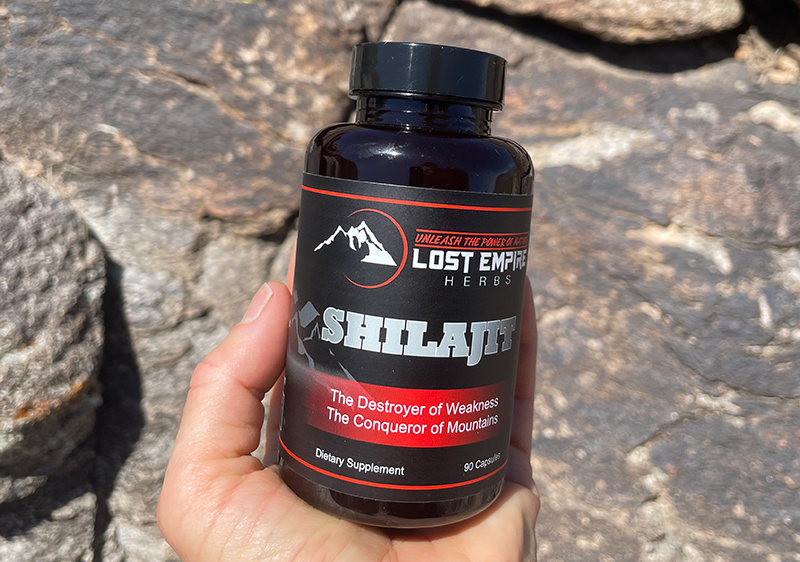
1) Shilajit Support for Urinary System
One of the age-old traditional uses of shilajit, also called mumijo, is to support the genito-urinary system
(*) which includes both reproductive organs and urinary functions.
This is because it is a rasayana (or adaptogen), a rejuvenative substance that acts as an aphrodisiac as well as a tonic to the kidneys and conditions associated with debility and weakness.
Shilajit is known for its special affinity for the urinary system (or mutra vaha srota) and can be beneficial for clearing bacterial stagnation in the urinary tract. It likewise stimulates the flow of "apana vayu" which governs downward-moving energy. It is a common ingredient used in Ayurvedic remedies for preventing UTIs.
Some evidence also backs up its practice for inhibiting urolithiasis or stone formation via its nephroprotective (kidney-protective) and antioxidative activity. Generally, it's viewed as an overall ally for maintaining a healthy urinary tract.

2) Aids Cleansing Processes
Shilajit, and its high fulvic acid content, has long been considered useful as a mild cleansing substance that helps to purify the blood and tissues as well as remove excess phlegm (or Kapha) from the body. Because of this feature, it notably supports immune health.
Both humic acid compounds, fulvic and humic, have been researched for their heavy metal and toxin-binding properties, which can lessen their absorption when consumed. (*)
Another very fascinating thing about shilajit is that, according to some research, it is shown to contain small amounts of C60-fullerene-dibenzo-αlpha-pyrone (DBP) conjugates.
This is similar to food-grade charcoal powders that are utilized for detoxification purposes. The C60 fullerenes are carbon molecules believed to bind to toxins and positively charged substances and remove them from the body due to their large surface area.
In Ayurvedic rejuvenation therapies, shilajit is used as a type of gentle "alterative" (liver cleansing) substance to encourage the removal of Ama (toxins) from the digestive tract. Other health experts we have come across use it also in intestinal and parasite detox protocols.
3) Shilajit Benefits for Men
Shilajit is especially acknowledged in Ayurvedic traditions for its attributes to the male reproductive organs, aspects that come from its properties as an adaptogen or rasayana.
Considered an "aphrodisiac", shilajit benefits for men can not only support a revitalized libido and healthy prostate function but may also help to boost testosterone levels, encouraging greater muscle mass (*), and fat loss in males. Shilajit is non-steroidal, but is believed to work by up-regulating different related hormonal mechanisms.
This is partially backed up in earlier research on healthy men between the ages 45-55 given 250 mg doses of a purified shilajit extract twice a day. Compared to a placebo, results after 90 days identified it had a significant influence on increasing testosterone.
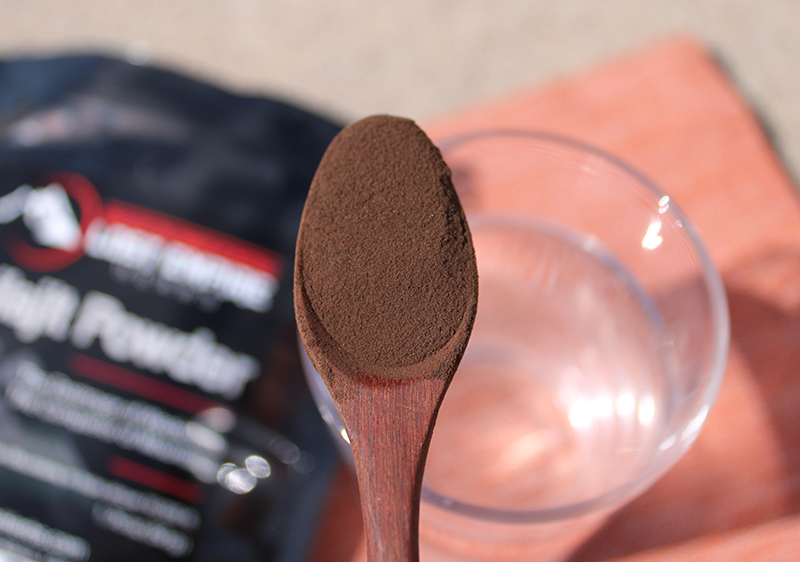
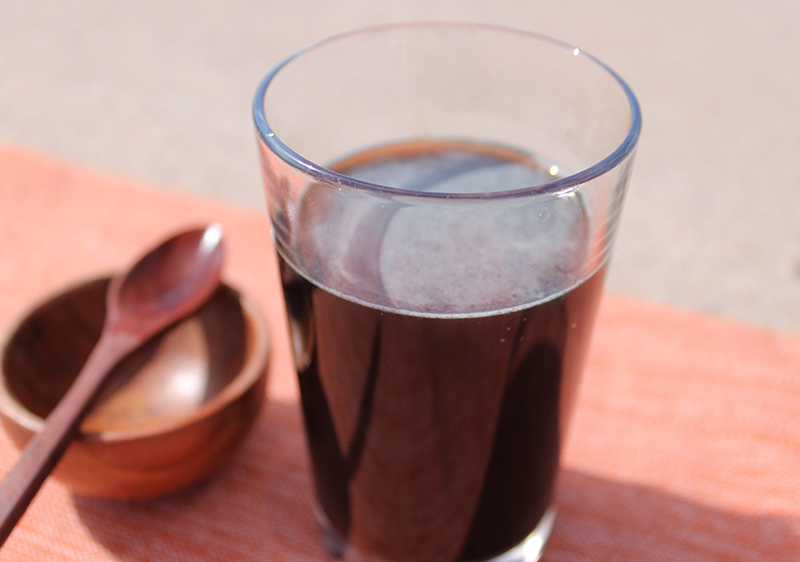
4) Shilajit as a Joining Carrier
In Ayurvedic medicine's long historical practice, shilajit has been recognized for its ability to enhance metabolism and the effectiveness of other supplements and herbs taken with it in therapeutic formulations.
This effect in Ayurveda is known as "yoga vahi" or "joining carrier" whereby shilajit basically acts as a carrier, binding to nutrients and herbal components and transporting them to their most optimal destination.
This aspect is believed to be due to shilajit's high FULVIC ACID and HUMIC ACID content. These are compounds present in healthy soils and key elements that make nutrients absorbable by plants.
In the book "Yoga of Herbs", it states that "It acts as a catalytic agent for promoting the action of other tonic agents." It is subsequently often paired with the great Ayurvedic herbs and rasayana or rejuvenative tonics like shatavari, mucuna, amla, gotu kola and ashwagandha.
5) Mitochondria Energy Production
Shilajit has been regarded for centuries as a highly prized substance referred to as the "conqueror of mountains and destroyer of weakness".
This phrase in part denotes its properties as a natural cellular energizer and adaptogen.
As
previously discussed, shilajit powdered extracts and quality resins
contain small amounts of compounds called dibenzo-α-pyrones or DBPs,
antioxidants believed to have researched potential at "restoring normal functions of mitochondria" due to their redox features.
Mitochondria are the powerhouse of cells that generate the body's energy currency or ATP. Mitochondrial actions, however, decline with poor health, age and oxidative stress factors.
Shilajit's valued influence on enhancing assimilation and the uptake of nutrients, also has something to do with its benefits as a natural energizer.
Packed with fulvic acid, often lacking in the average diet, and many other ionic bioavailable mineral elements, nutritional supplementation can help to fortify the body and improve physical stamina.
6) Shilajit Benefits for Women
One of the lesser known uses of shilajit are its benefits for women, especially in regard to increasing bone mineral density.
Since females are at greater risk for bone loss and related conditions after menopause when estrogen levels dramatically decline, taking food-based mineral supplements is often recommended.
Because of the very high amount of minerals found in shilajit, it is prized for its nourishment to the skeletal structure and for building strong resilient bones.
Daily supplementation, in some research, was shown to support bone mineral density in postmenopausal women also due to its anti-inflammatory and antioxidative activity.
Shilajit in Ayurveda is commonly prepared with shatavari and licorice in warm milk for its benefits to female reproductive functions as well as for providing a calming elixir for neutralizing nervousness and stress.
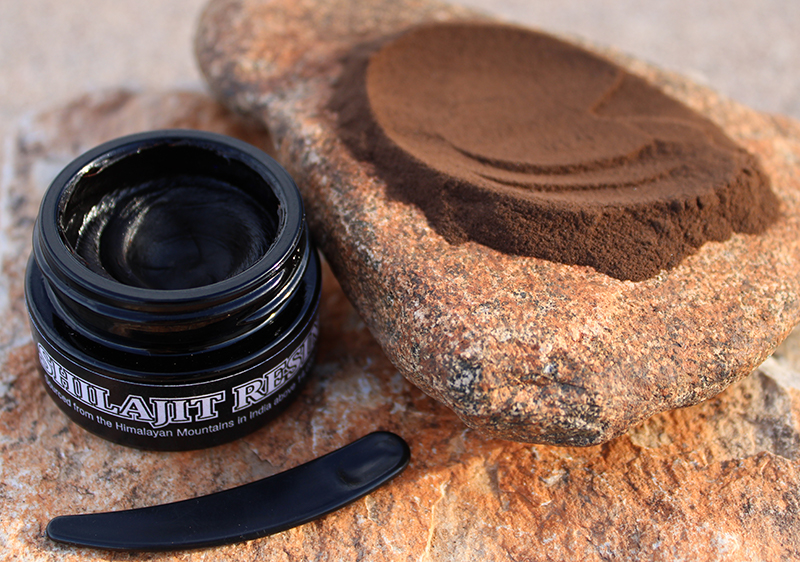
Is Shilajit Like Crude Oil or Coal?
Although shilajit is often speculated to have geological similarities to naturally occurring crude oil or coal, these substances are very chemically different.
Shilajit is composed of humic mineral substances soluble in water whereas, "fossil fuels" are mostly composed of combustible hydrocarbons and other elements often present in lower underground elevations.
How to Use
Shilajit is typically taken in smaller dose amounts.This, however, depends on your individual needs and preferences. Higher amounts are believed to offer greater cleansing support and increased overall strength.
Those who are die-hard shilajit and traditional Ayurvedic herbalists often prefer the pure black shilajit resin.
This is a thick dark tar-looking paste that is slightly more potent than powders because it’s usually collected at higher elevations.
It's taken straight in half pea size doses that dissolve in the mouth. However, it’s a bit messier and can stick to the teeth before it fully dissolves.
Powder and capsules are also available for convenience.
Precautions:
Shilajit supplementation is generally regarded as safe to consume for most people, but it may be appropriate to use it under the guidance of a qualified Ayurvedic practitioner who can tailor it to your own unique case scenario. Consult your health professional before intake if you are pregnant, nursing, have high uric acid levels, have a serious health condition or are taking any prescription or over-the-counter medications.
Shop Related Products (About Affiliates & Amazon Associate Paid Links)
Affiliate Disclaimer: This section contains affiliate product links. If you make a purchase through our recommended links, we receive a small commission at no additional cost to you. Thanks for the support.

